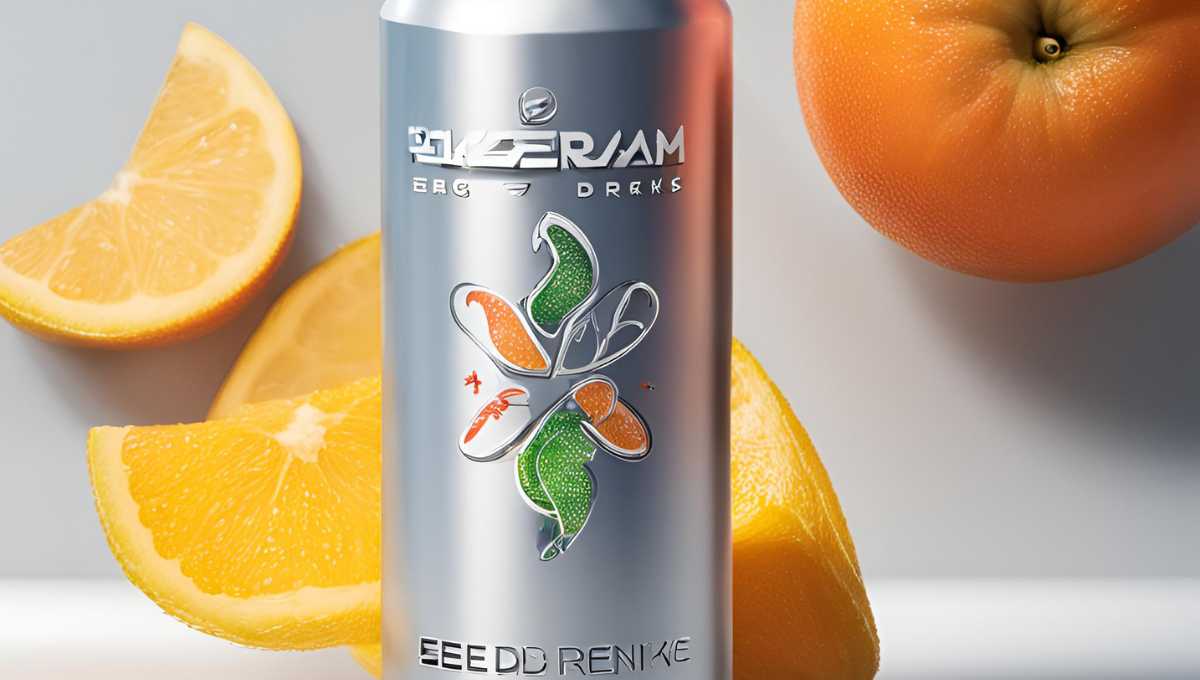
Have you ever wondered whether you should freeze-dry or dehydrate your food? Freeze Drying vs Dehydrating, Both methods preserve food, but they work in completely different ways and produce different results. To help you understand the differences, I decided to take five common foods—apples, bread, herbs, fruit smoothies, and raw shaved beef—and put them through both processes. Spoiler alert: There are pros and cons to each method, but which one works best depends on your needs.
Related: Comprehensive Guide to a Balanced diet
In This Post
ToggleHow Dehydrating Works(Freeze Drying vs Dehydrating)
Dehydrating food uses heat and air to remove most of the water content. It’s one of the oldest ways to preserve food and requires very little equipment. A dehydrator, a warm sunny day, or even your oven set at a low temperature will do the trick.
Dehydration removes around 70-90% of moisture depending on the food and method used. It’s effective because bacteria and mold need moisture to grow, so with less water, your food spoils slower. However, since dehydrated food retains some moisture, it doesn’t last as long—about a year when stored properly.
Equipment for Dehydrating
If you have a tight budget and want to start preserving food, dehydration is more accessible. Most people use an electric dehydrator, which essentially blows warm air over the food to remove moisture. If you don’t have a dehydrator, you can achieve similar results in an oven at a low setting or even in the sun (though sunlight isn’t always reliable).
Related: A Comprehensive Guide: Basil Seeds Benefits and Uses
Shelf Life of Dehydrated Foods(Freeze Drying vs Dehydrating)
Once the food has been dehydrated, you’ll want to store it in an airtight container. Depending on storage conditions, dehydrated food typically lasts a year. If any moisture gets in, that shelf life drops, so the food should be stored in a cool, dark, dry place.
How Freeze Drying Works
Freeze drying is a completely different process. It starts by freezing the food at extremely low temperatures—around negative 40 degrees Fahrenheit. Then, it creates a vacuum around the frozen food. As the food alternates between heating and cooling cycles in that vacuum, the ice skips the liquid stage and turns directly into vapor. This removes almost 99% of moisture.
Because freeze drying retains nearly all water-soluble nutrients and traps the food in its original structure, it’s ideal for long-term storage. In fact, freeze-dried food can last up to 25 years or more under proper conditions.
Related: Introduction to Biotin rich foods

Equipment for Freeze Drying
Unfortunately, freeze drying isn’t as simple as dehydration. You need a specialized freeze-drying machine—something that the average household probably doesn’t have. Currently, the Harvest Right freeze dryer is one of the main options available for home use. While effective, these machines are much more expensive than a dehydrator.
Shelf Life of Freeze-Dried Foods(Freeze Drying vs Dehydrating)
With 99% of moisture removed, freeze-dried food offers an incredibly long shelf life. As long as you store it in proper conditions (a moisture and oxygen-free environment), freeze-dried food will last decades—making it perfect for preppers or long-term planners.
Related: The Ultimate Guide to Insulin Plant: Benefits, Uses & How To Grow It
Apples: Dehydrated vs. Freeze-Dried
Let’s start with apples. I sliced them up and put some in the dehydrator and others in the freeze dryer. The results are easy to see.
Dehydrated Apples
When you dehydrate apples, the moisture evaporates slowly, and the heat slightly browns them. The slices become thinner, chewy, and leathery. If you let them go long enough, they crisp up but never fully return to their original look or texture.
Freeze-Dried Apples
On the other hand, freeze-dried apples retain their shape and color almost perfectly. The slices are very light and crisp, almost like eating air. You can even rehydrate them in water, and they’ll taste nearly like fresh apples.
Which is Better for Apples?
Both versions make excellent snacks. You’ll enjoy freeze-dried apples if you like a lighter, crisp bite that resembles fresh fruit in flavor. Dehydrated apples are chewy with a slightly earthy taste, giving them a signature “dried” flavor. However, freeze-dried apple slices will last much longer—up to 25 years compared to about a year for dehydrated ones.
Related: Do energy drinks harm your health?
Bread: What Happens When You Dry It Out?
Bread is another interesting test. While you may not think about preserving bread, dehydrated and freeze-dried bread has great uses. Ever heard of croutons or breadcrumbs?
Dehydrated Bread
Dehydrating bread makes it crumbly. It falls apart easily and can’t be rehydrated without turning into a soggy mess. You won’t get anything close to its original texture, but it works great if you want some rustic breadcrumbs.
Freeze-Dried Bread
Surprisingly, freeze-dried bread holds up better. It’s still crumbly but feels harder and denser, giving it a longer shelf life. Like dehydrated bread, though, don’t expect to restore it for that fresh-out-of-the-bakery taste—both methods will turn it into bread crumbs or croutons, and nothing more.
Why Preserve Bread?
Drying bread, either way, gives you a tool for cooking. Whether it’s breadcrumbs for a casserole topping or croutons for your soup, dried bread is a simple solution for using up bread leftovers rather than tossing them.
Fresh Herbs: Color and Flavor Differences(Freeze Drying vs Dehydrating)
Herbs are a kitchen staple, and preserving them through dehydration or freeze drying lets you enjoy their flavors all year long. But the results vary significantly.
Dehydrated Herbs
Dehydrating works, but you lose some of the vibrancy. As herbs dry out in the heat, they wilt, darken, and lose some flavor. You may notice that certain herbs like parsley or basil taste less sharp when dried.
Freeze-Dried Herbs
In contrast, freeze drying preserves the herb in a fresher state. The vibrant green color stays intact, and the aromas remain much closer to that of fresh herbs. When you open a jar of freeze-dried parsley, it still smells bright and fresh.
Handling and Shelf Life
Both dried and freeze-dried herbs need to be stored carefully. Freeze-dried herbs, in particular, start sucking moisture out of the air once exposed, so you’ll need to use them quickly or keep them well-sealed between uses. The longer storage life of freeze-dried herbs in an oxygen-free environment gives them an edge for long-term use. However, dehydrated herbs may be more accessible and convenient for daily use since they don’t absorb moisture as rapidly after opening.
Smoothies: Leather vs. Powder(Freeze Drying vs Dehydrating)
Preserving smoothies might sound strange, but it’s an effective way to stretch the life of those ripe fruits waiting to spoil in your fridge.
Dehydrated Smoothie
The dehydrator turns a fruit smoothie into fruit leather. It’s chewy, tough, and slightly sticky—the classic fruit leather snack we all know from childhood. You can rehydrate it, but it’s best for snacking.
Freeze-Dried Smoothie
Freeze drying, on the other hand, gives you something entirely different: a crispy, powdery texture that disintegrates if you press it between your fingers. Even better, you can rehydrate the freeze-dried smoothie powder back into a liquid smoothie. The flavor and texture come surprisingly close to a fresh smoothie, making this a fantastic option for off-season fruit smoothies without taking up freezer space.
Which One is Better?
Both forms of preserved smoothies serve distinct purposes. Fruit leather makes for a fun, chewy snack, especially on the go. But if you’re aiming to recreate a smoothie later, freeze drying is the clear winner.
Raw Shaved Beef: Jerky or Back to Raw?
Preserving meat is probably where the biggest difference in the two methods stands out. With dehydration, the beef turns into jerky. With freeze drying, something completely different happens.
Dehydrated Beef
When you dehydrate beef, it cooks the meat while removing moisture. The process takes the temperature up to at least 165°F, which is enough to kill bacteria and make it safe to eat. The result is beef jerky, a chewy, savory snack. Even if you soak dehydrated beef in water, it won’t revert to raw meat. Once dehydrated, it’s forever transformed.
Freeze-Dried Beef
Freeze drying doesn’t cook the meat. Instead, it simply removes the moisture, leaving you with raw meat that can be rehydrated later. Remarkably, once you add water to freeze-dried beef, it transforms back into something that looks and feels like raw steak—even though it’s been completely dry for months or years. You can then cook it as if it were fresh.

Usage Differences
The dehydrated option gives you a ready-to-eat snack in jerky form, while freeze-dried beef works better for later use in recipes. It’s great for emergency preparedness because you can store raw meat for years and cook it when needed.
Special Uses and Considerations(Freeze Drying vs Dehydrating)
What else can dehydrators and freeze dryers do? Interestingly, a dehydrator can do things besides preserve food. You can use it to raise bread dough or incubate yogurt since it keeps things warm but not too hot—something you can’t do in a freeze dryer. However, freeze drying wins when it comes to preserving dairy like milk, cheese, and even eggs, ensuring a fresh taste for years.
Which Should You Choose? Freeze Drying vs Dehydrating
The decision between dehydrating and freeze drying comes down to your needs, space, and budget.
If you’re looking for:
- Lower cost and simplicity: Start with a dehydrator.
- Space-saving long-term storage: Freeze drying offers better results for preserving large quantities of food for 20+ years.
- Snack foods like jerky or fruit leather: A dehydrator is perfect for that.
- Raw meats or dairy: Freeze drying is your best bet.
When you consider how much longer freeze-dried food lasts and how close it is to fresh when rehydrated, it’s easy to see why people love it. But the upfront cost of a freeze dryer can be intimidating, especially if you’re just getting started.
Pros and Cons Overview
Dehydrating
Pros:
- Inexpensive startup
- Low-tech and easy to use
- Preserves the food for about a year
Cons:
- Shorter shelf life
- Changes the texture and taste significantly
Freeze Drying
Pros:
- Preserves food for decades
- Retains texture, flavor, and nutrition closer to fresh
- Allows for rehydration into nearly fresh form
Cons:
- Expensive equipment
- More technical process
- Larger storage needs for machinery
Is Freeze Drying Worth It?
In the end, both methods have their place in a home kitchen. If you’re preserving food for the short term, dehydrating is a cheap and easy way to get started. But for long-term storage, freeze drying reigns supreme. Whether you’re building out a pantry for emergencies, preparing for the future, or just looking to keep seasonal produce around, freeze drying offers unmatched preservation power.





